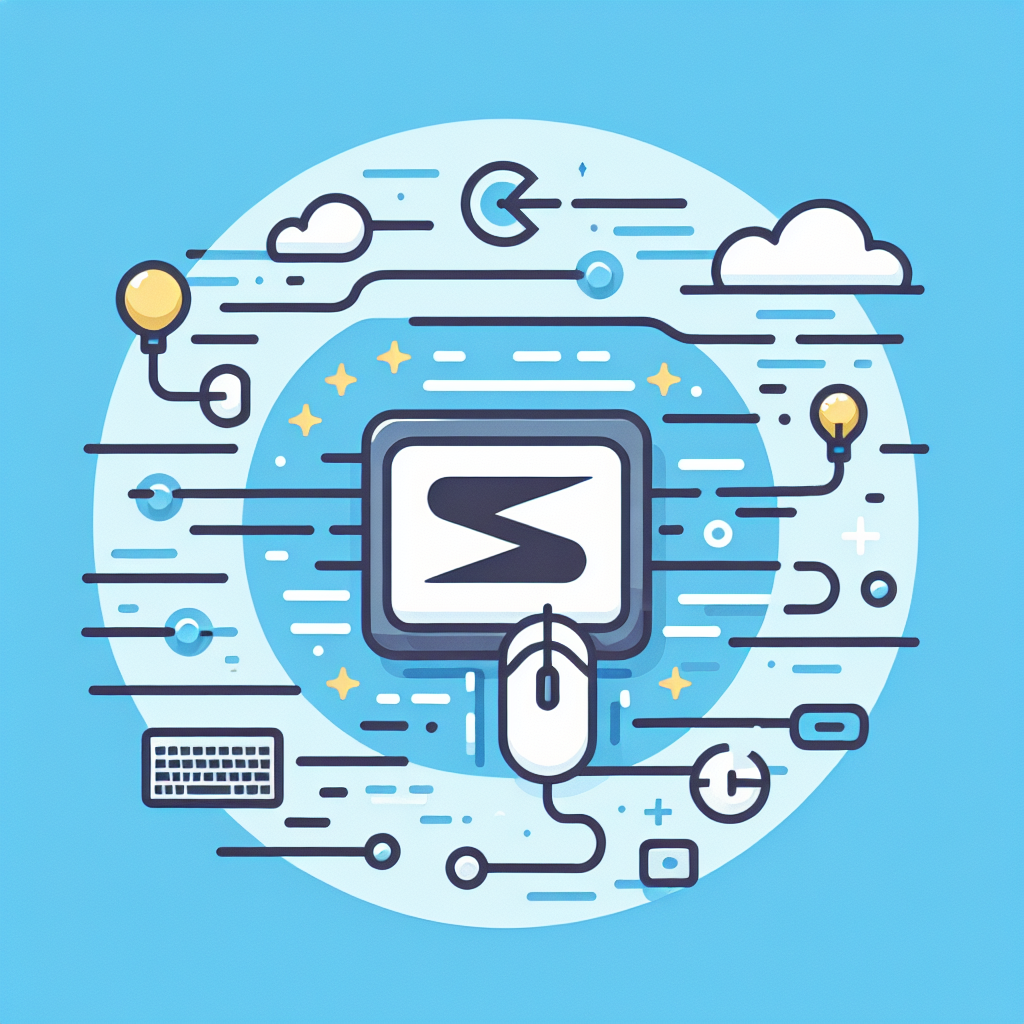Swift to R Converter Tool - Seamless Code Translation
Transform your Swift code to R effortlessly with our powerful tool. Boost efficiency and streamline your workflow. Try Swift to R converter now!
Source Code
Converted Code
Output will appear here...
Swift to R is a powerful tool designed to seamlessly convert Swift code into R, enhancing cross-platform development efficiency. Ideal for data scientists and developers, this tool simplifies code migration, accelerates workflow, and ensures robust data analysis capabilities. Unlock the potential of your projects with streamlined Swift to R conversion, making your data-driven applications more versatile and accessible.

Swift to R Code Converter Link to this section #
Transforming Swift code into R can be an intricate task due to their fundamental differences. Our 'Swift to R' tool simplifies this process, ensuring efficient and accurate code conversion. This tool is optimal for data scientists and developers looking to leverage the statistical capabilities of R while working within a Swift environment.
Key Features Link to this section #
- Ease of Use: User-friendly interface for seamless code translation.
- Precision: Maintains code logic integrity during conversion.
- Efficiency: Reduces manual overhead with automated processes.
How It Works Link to this section #
- Input Swift Code: Paste your Swift code into the tool.
- Conversion: The tool analyzes and translates the syntax and logic into R.
- Output R Code: Receive a formatted R script ready for execution.
Example Link to this section #
Swift Code Link to this section #
let numbers = [1, 2, 3, 4, 5]
let sum = numbers.reduce(0, +)
print(sum)
Converted R Code Link to this section #
numbers <- c(1, 2, 3, 4, 5)
sum <- sum(numbers)
print(sum)
Benefits Link to this section #
- Seamless Integration: Easily integrate R's robust statistical libraries into Swift projects.
- Enhanced Productivity: Save time with automated conversion, allowing focus on analysis.
Use Cases Link to this section #
- Data Analysis: Transition computational models from Swift to R for advanced analytics.
- Cross-Platform Development: Utilize R's data handling capabilities alongside Swift's modern app development.
For further insights into programming language conversions, explore R-bloggers and Swift.org.
Embrace the power of R's statistical tools while maintaining Swift's ease of use. Enhance your coding workflow with the 'Swift to R' tool today.
Frequently Asked Questions
What is the primary purpose of converting code from Swift to R?
The primary purpose of converting code from Swift to R is to leverage R's statistical and data analysis capabilities for tasks that require extensive data manipulation, visualization, or statistical computations, which may not be as straightforward in Swift.
What are the major challenges in translating Swift code to R?
Major challenges include differences in language syntax, paradigms, and built-in libraries. Swift is a compiled language optimized for app development, while R is an interpreted language designed for statistical analysis. This requires careful mapping of functions and data structures to ensure the translated code maintains its original functionality.
Are there any tools available to assist in converting Swift code to R?
Currently, there are no direct tools to automatically convert Swift code to R due to their fundamental differences in design and purpose. Developers typically need to manually rewrite the code, using libraries and frameworks in R that correspond to the functionalities used in Swift.